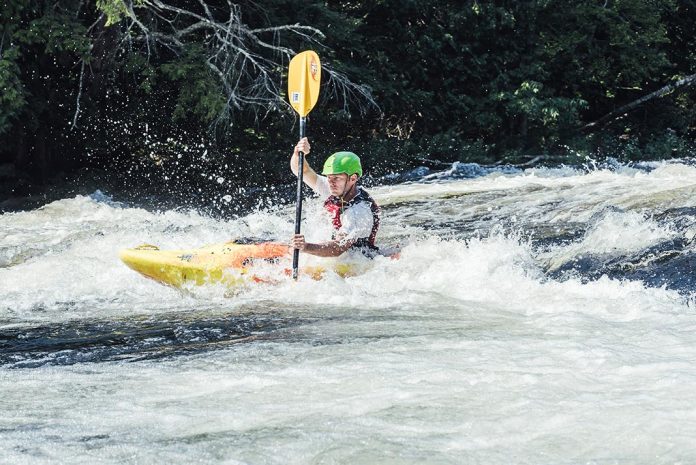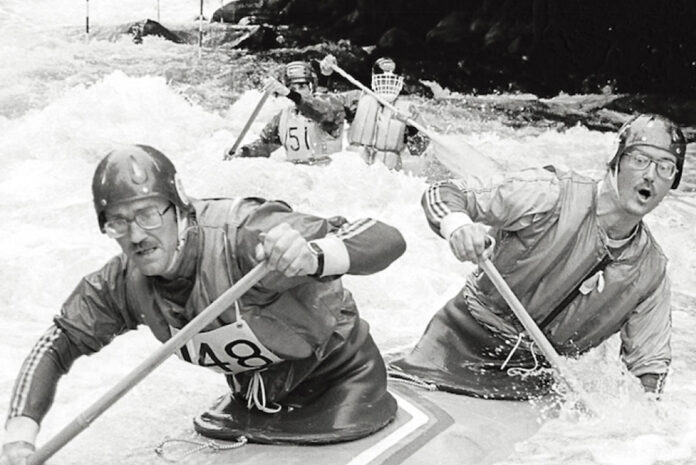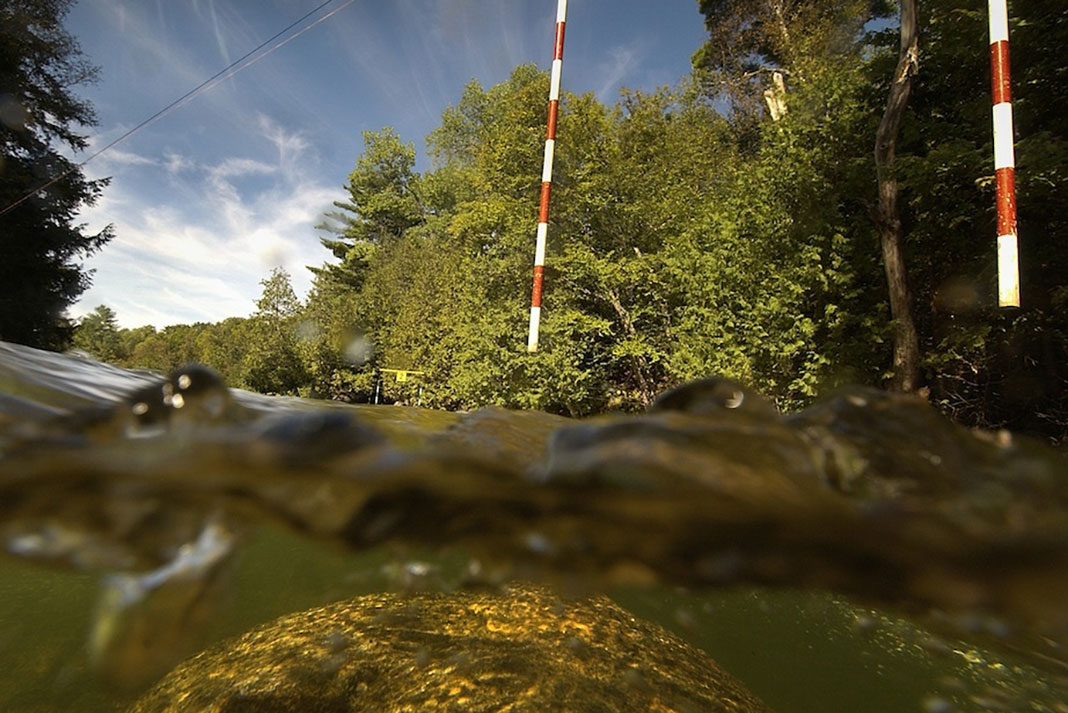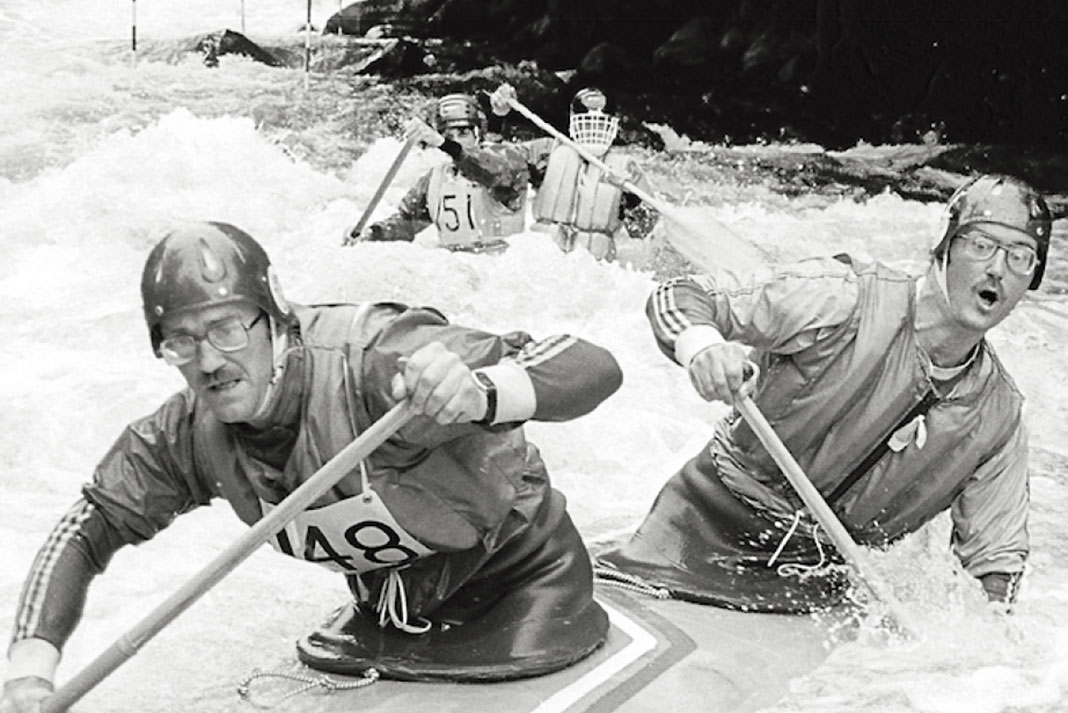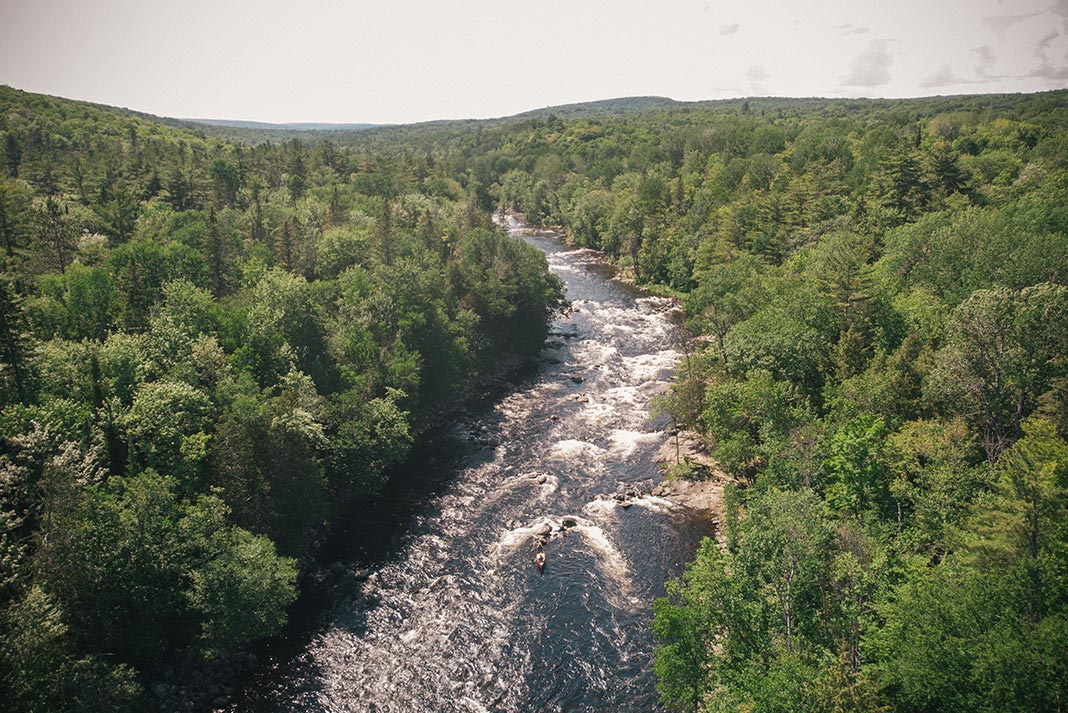“Which one do you do?
With the sling or without?
Are you on your back, or lying on your belly?
Do you inflate it first or after?”
Initially, it sounds like this might be interesting kinky talk. But no, it’s sea kayak rescues again. Sea kayakers lust after safety. Rescues are the hottest topic of sea kayaking conversation by a nautical mile. The number of different techniques is astounding.
Despite all the safety talk, sea kayakers often have surprisingly modest skills, eschewing an emphasis on judgment, conditioning and strong technique in favour of amassing safety gear and study- ing a near endless litany of rescue manoeuvres.
Safety, apparently, has nothing to do with good judgment or paddling skills. It’s all about rescues and rescue gear.
From the sounds of it, the best way for me to be safe is to cover every inch of my kayak deck with a sea of “international orange” rescue equipment.
Is it me, or does this seem like slamming the aquarium door after the sea horse has already escaped?
I’d rather invest my time practicing the avoidance of calamities rather than perfecting 20 different rescues to deal with disaster after it has occurred. After all, an ounce of prevention is worth 40 pounds of paddle floats.
Flares, floats, slings, signals, radar reflectors, radios, compasses and GPS units don’t, themselves, actually keep us safe. Rescue gear doesn’t save people—people armed with knowledge and forethought save people—often themselves.
Deep down, sea kayakers know this. After all, we are typically intelligent, older, post-secondary-educated pro- fessionals, not 20-year-old, wet-behind-the-ears whitewater punks (who, despite their cockiness, can actually brace and roll in rough conditions).
No, sea kayakers are mature. They live well and reside in desirable neighbourhoods. They drive Volvos and drink mocha-frappuccinos produced by environmentally conscious coffee-roasting companies. Sea kayakers have dinner reservations at Le Jardin and opera tickets for next week. Their lives are good. They should be highly motivated not to die.
But most sea kayakers don’t find the time in their cosmopolitan lives to learn to paddle well. Instead, they try to buy safety. And they are abetted in believing they can do this. There’s a veritable raft of rescue gear out there promising to keep them safe, even if they know nothing about kayaks or the movements of the ocean.
So where did this blind faith in equipment and the false sense of security it instills come from?
Perhaps it’s just part of a wider trend in a society bent on effortless accomplishment: find the most corrosive bathtub cleaner on the mar- ket so you won’t have to scrub, start a diet that starves your body of fuel so you won’t have to be active to burn it off, buy a Volvo (there’s that word again) and be safer on the road without having to slow down or change your driving habits.
Then again, it might have something to do with the fact that the vast majority of paddling instruction is offered by kayak retail businesses. This presents a conflict. It’s great that a store can offer instruction, but don’t expect that there won’t be a mandate to sell gear via the instruc- tional programs.
After all, it’s a lot easier to sell a bit of kit rather than the concept of conservative good judgment. You can’t buy good judgment, you can’t really teach it, and you definitely can’t bottle it for sale. If you could, I’d buy a two-four of it every weekend.
Alex Matthews is the co-producer of the instructional video, The Ultimate Guide to Sea Kayaking.
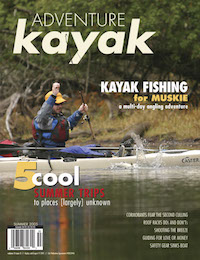 This article first appeared in the Summer 2005 issue of Adventure Kayak Magazine. For more great content, subscribe to Adventure Kayak’s print and digital editions here.
This article first appeared in the Summer 2005 issue of Adventure Kayak Magazine. For more great content, subscribe to Adventure Kayak’s print and digital editions here.



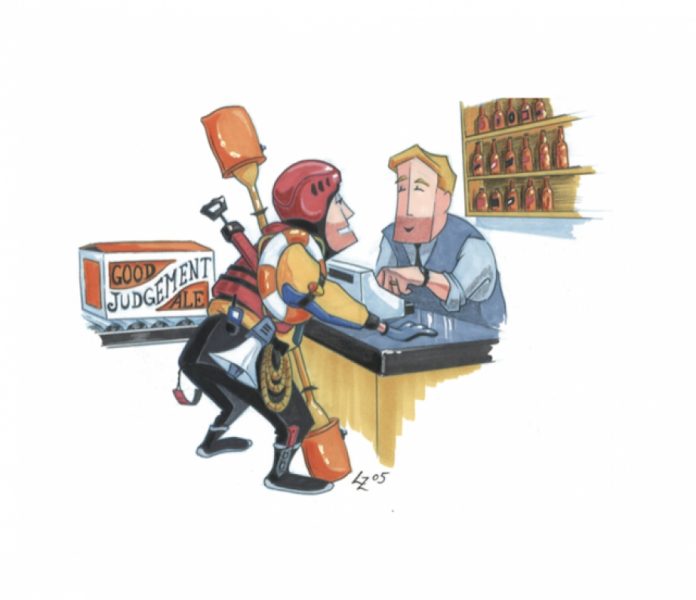
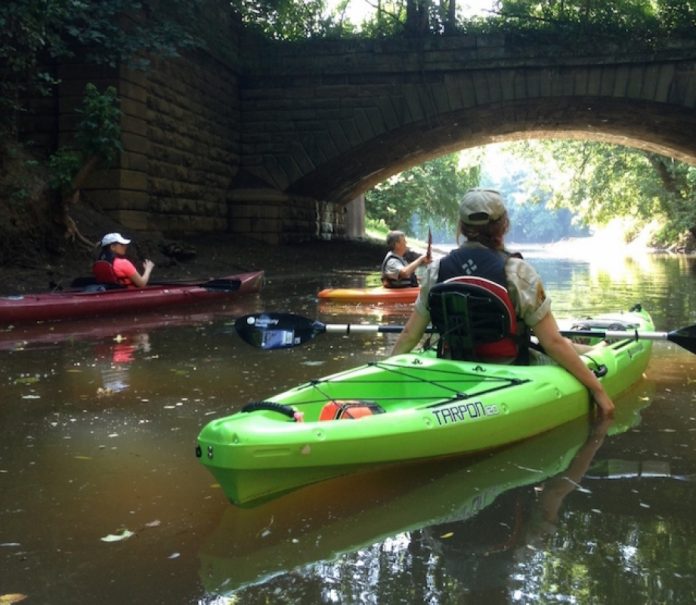
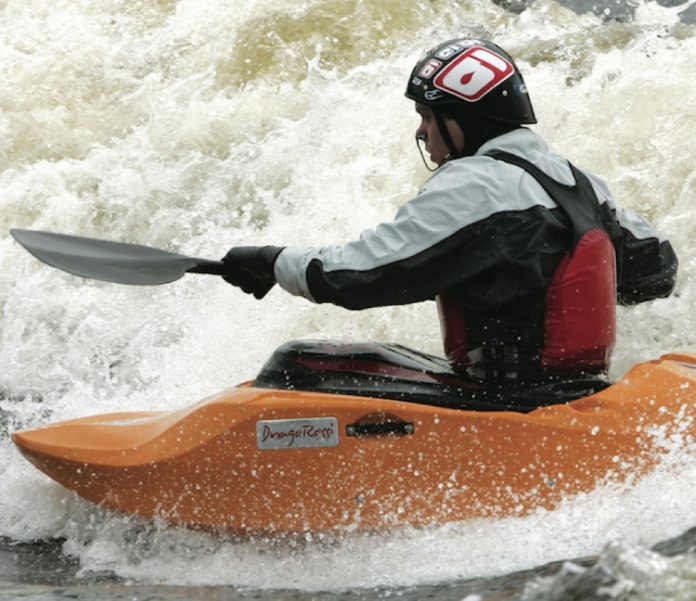
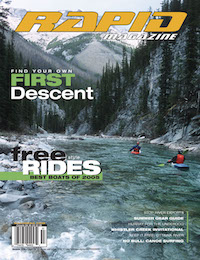 This article first appeared in the Summer 2005 issue of Rapid Magazine. For more great boat reviews, subscribe to Rapid’s print and digital editions
This article first appeared in the Summer 2005 issue of Rapid Magazine. For more great boat reviews, subscribe to Rapid’s print and digital editions 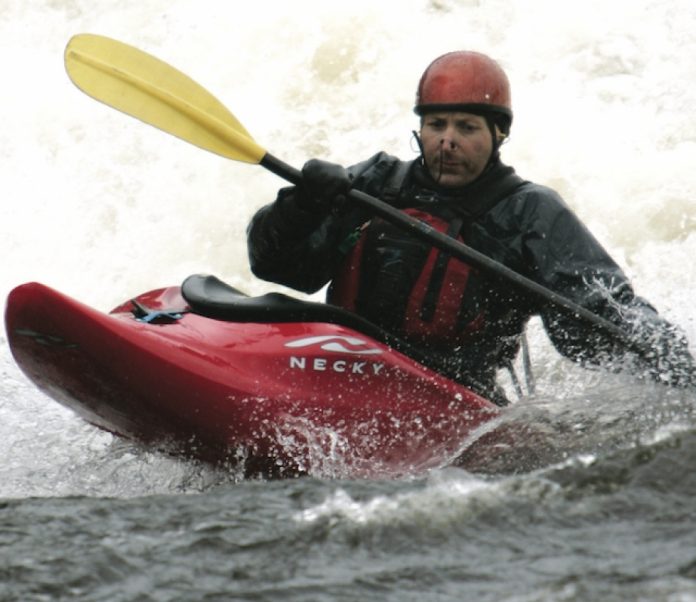
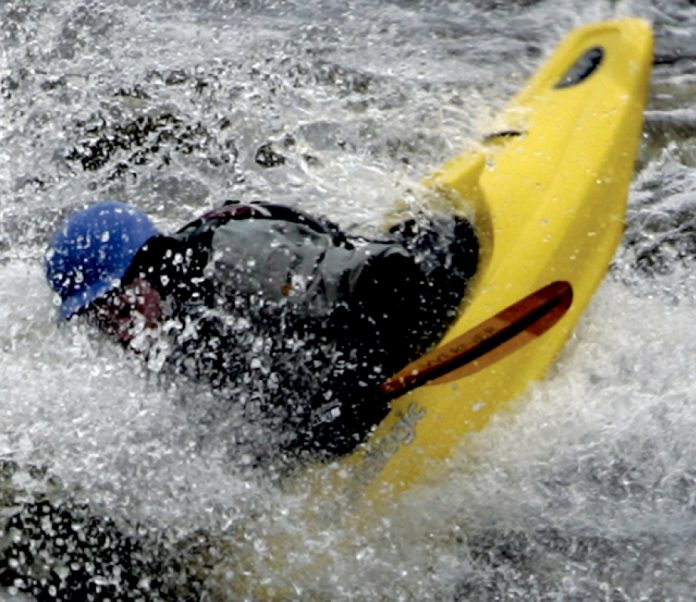
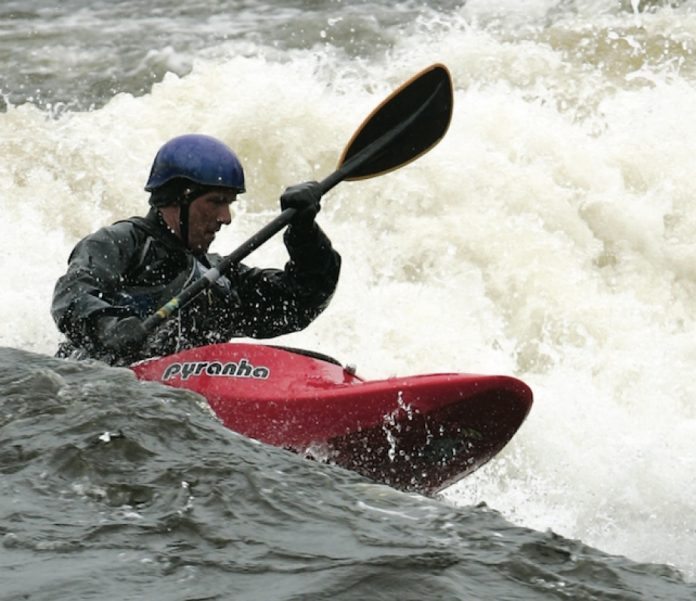
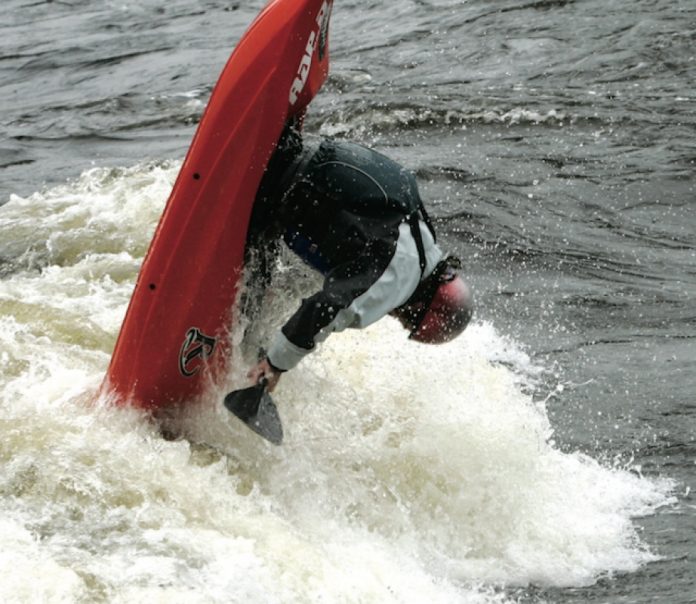
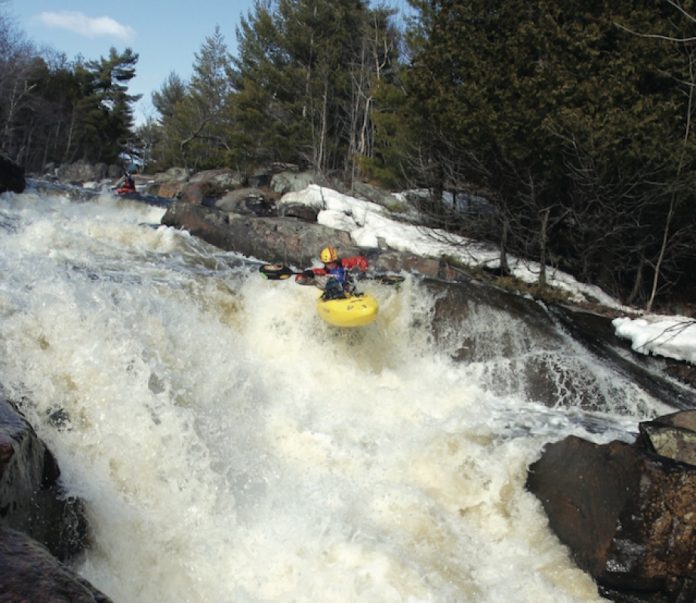
 This article first appeared in the Early Summer 2005 issue of Rapid Magazine. For more great content, subscribe to Rapid’s print and digital editions
This article first appeared in the Early Summer 2005 issue of Rapid Magazine. For more great content, subscribe to Rapid’s print and digital editions 